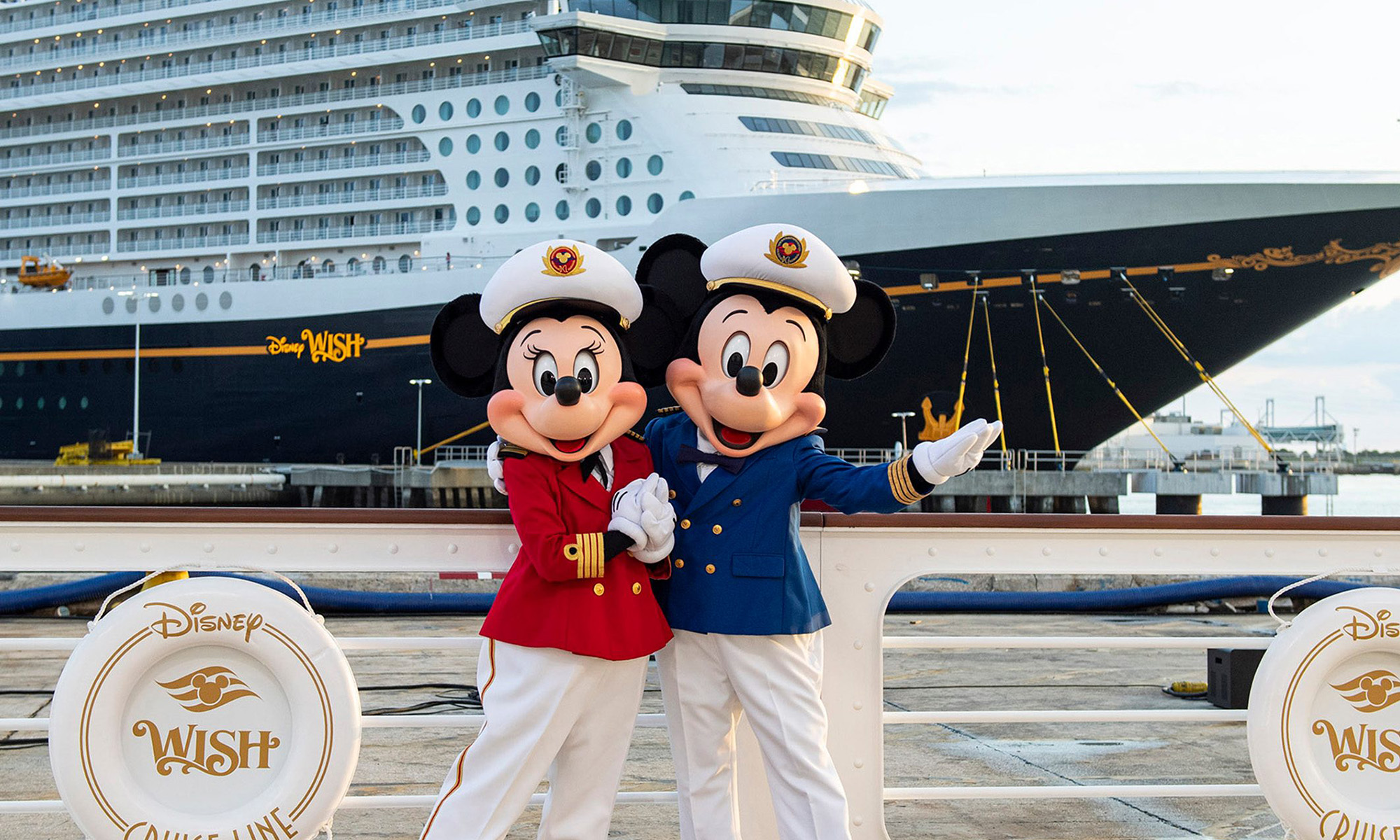Expectations were high going into Disney's (DIS +0.49%) third-quarter financial report. The stock had gained more than 32% in 2019, as investors had high hopes for the integration of assets from 21st Century Fox, the company's ambitious streaming plans, and the opening of Star Wars: Galaxy's Edge at Disney's U.S. theme parks.
That made it all the more disappointing when Disney's top- and bottom-line results were far less than investors had hoped for, sending the stock down 5% on the trading day following its earnings release on Tuesday.
There was a lot going on during the quarter, so let's dig into the results and some of the factors that played into Disney's worse-than-expected showing.

Image source: Author.
The numbers and the news
Disney reported revenue of $20.24 billion, up 33% year over year, but falling short of analysts' consensus estimates of $21.48 billion. Wall Street was also disappointed by Disney's falling profits, as net income dropped 51% compared to the prior-year quarter, resulting in adjusted earnings per share (EPS) of $1.35, down 28% year over year and falling far short of the $1.75 expected by those that follow the stock.
One of the biggest announcements came on the conference call, when Disney CEO Bob Iger announced that Disney would bundle its three streaming services -- Disney+, ESPN+, and the ad-supported version of Hulu -- for a total package price of $12.99 beginning on Nov. 12, the day Disney+ debuts. This would provide two popular streaming services and sports coverage, all for the same price as Netflix's most popular plan.
Lots of moving parts
The results were mixed across Disney's various operating segments.
Media networks produced revenue of $6.7 billion, up 21% year over year, while operating income grew 7%. The changes were mainly the result of the integration of FX and National Geographic networks that came with the Fox acquisition. Additionally, ESPN saw increased advertising revenue from two additional NBA finals games and by contractual rate increases, though subscribers continued to decline. Costs climbed as Disney paid more to broadcast Major League Baseball and the National Basketball Association games on its networks.
Parks, experiences, and products generated revenue of $6.6 billion, up 7% year over year, while operating income grew 4% to $1.7 billion. Increases in Disney's consumer products business and strength at Disneyland Paris were offset by higher costs and fewer visitors at the company's domestic parks.
Disney saw a 3% drop in attendance at its theme parks, with several factors contributing to the decline. Disney CFO Christine McCarthy provided color on the conference call, saying the weak attendance at Disneyland in Anaheim, California, was primarily driven by lower annual passholder visitations as the company worked to manage crowds for the first several weeks after the opening of its Star Wars: Galaxy's Edge attraction. Additionally, according to a survey commissioned by Disney, guests may have delayed their visit to Walt Disney World in Orlando until after Galaxy's Edge opens on Aug. 29.

Star Wars: Galaxy's Edge. Image source:Disney.
Studio entertainment was the highlight, growing to $3.8 billion, up 33% year over year, while operating income increased 13% to $792 million. The results got a boost from blockbuster films including Avengers: Endgame, Aladdin, Captain Marvel, and Toy Story 4, while Dark Phoenix -- a Fox production -- was a drag on the results, as the lowest-grossing X-Men movie in franchise history.
Another contributing factor was the absence of revenue from the sales of Disney movies into the television and streaming markets. With Disney+ set to launch later this year, the company is retaining control of its films to broadcast on the upcoming service.
Finally, the direct-to-consumer (DTC) and international segment increased revenue to $3.86 billion, up 366%, while operating losses of $553 million more than tripled. The segment saw big changes, as Disney consolidated the results of Hulu, having gained control of the streaming service in May. Investments in the DTC business have resulted in losses that have already topped $1 billion in 2019, with more to come. Disney has been spending heavily on programming for ESPN+ and Hulu, as well as for the upcoming launch of Disney+ in November.
Investor takeaway
While the disappointing results at Disney's parks and resorts was a rare misstep, fans will again make their pilgrimages to the parks in the months and years to come. The bigger story here was the ongoing integration of assets from Fox, the inclusion of Hulu in the operating results, and ongoing expenses in advance of the launch of Disney+, all of which had a negative impact on earnings. Management has long signaled that outlays would peak in advance of the streaming service's debut, so investors shouldn't be too surprised about the spiraling costs incurred between now and November.
The company has a bright future, and the money Disney is spending now will spur big dividends later.






